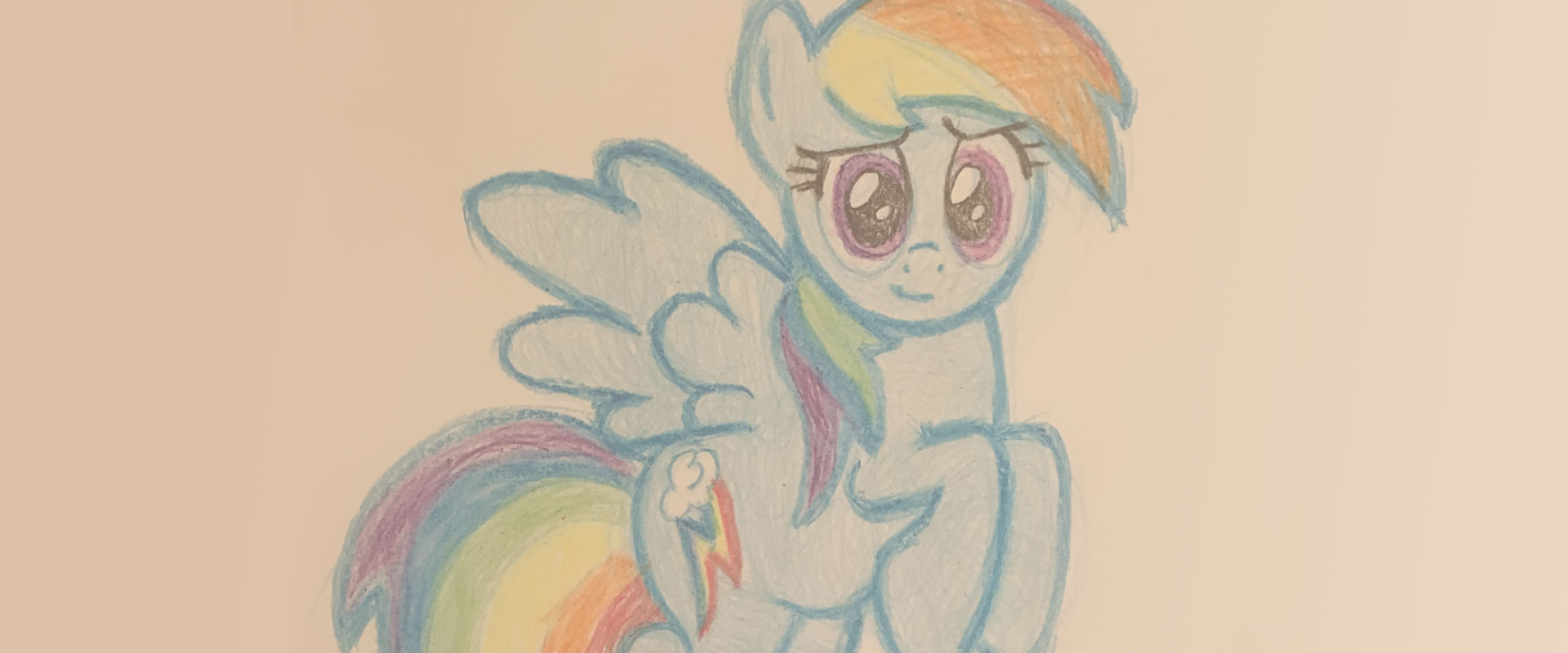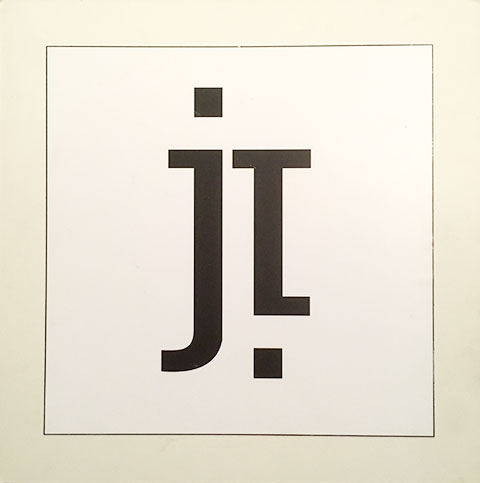
I would draw for hours every day when I was growing up. I found an art store walking home from school in 2nd grade and started frequenting the place. It took a while, but I saved enough to buy a book titled Animation: Learn How to Draw Animated Cartoons by Preston Blair, a cheap pad of newsprint paper, and some sticks of vine charcoal. I studied every lesson in that book, drawing cartoon bulldogs, bunnies, and birds until the pages fell out. I tried different mediums when I could afford them, exploring various pigments, pencils, and papers.
Subsequently, I became a professional illustrator in 3rd grade. I showed a classmate a poster I'd drawn of Garfield the cat, who was very popular at the time, and he offered to buy it for $3. Another kid was privy to the transaction and spread the word. Pretty soon, the orders were pouring in for custom 18" X 24" Garfield posters. I got faster with each one I drew and could turn around at least two per day. Profits were in the double digits, and business was good until the morning I was intercepted by the principal. On the way to his office, he explained that it was against school rules for kids to sell stuff to other kids on campus. I was shocked. He confiscated the batch I was carrying and called my mom.
That was a very different time. To think if it were now, I would have built a Shopify site, found a source for print on demand, and driven traffic with Instagram and clever re-targeting email campaigns.
Profits were in the double digits, and business was good until the morning I was intercepted by the principal.

I studied at the Otis/Parsons College of Art and Design in Los Angeles. I enjoyed Foundation year the most, with the focus on figure drawing and fundamentals. I'd done freelance design work for a couple of years already and been using all the latest software, so I got to be the assistant teacher for the Photoshop and Illustrator classes my sophomore year and Art Director for the student magazine. By junior year my professional career took off. Ultimately, I learned more by working in the field than in the classroom.
Why I became a designer
Working with graphics and text has felt natural my entire life. I started with hand-drawn typography and illustrations, but then I got an Apple Macintosh Plus. I started a design career with a little grayscale screen, one Megabyte of RAM, and a 540 Megabyte external hard drive. I used Times and Helvetica until discovering the grotesks, then got heavily into Futura. I worked as the Graphic Designer for printing shops, surrounded by the smell of fresh ink, and the loud clacking of Heidelberg presses.
But it was all about freelance work. I designed hundreds of fliers for bands, clubs, raves, stickers, t-shirts, posters, patches, album covers, business cards, letterhead, invitations, and packaging. I learned the complexities of print production and linotronic film, 4 color process, and spot colors with intricate trapping all before I considered design school.
Design Process
I start by doing as much research as possible depending on the timeline. It's great when there's a team and time for interviews, post-its, and design sprints, but that's not usually the case. Defining the problem is a fluid process. You don't know what you don't know, so it's important to be flexible, open to new ideas, input, and approaches. It's important to identify the users, and personas can help to better understand them. The key to a successful project is to get to know the stakeholders, outline deliverables, and agree on expectations.
Ideation in the form of sketches, wireframes, and finding examples get the team or client on the same page. I'll build a functional prototype and test everything possible, leaving time to rebuild or refactor based on results. Iteration refines perfection. I know when to pick my battles, and when to let things go, and if I've gone down the wrong path when it's time to start over.
I sketch with a Dixon Ticonderoga Black #2 pencil and prefer a dot grid pad or fresh sheets of 100lb bond. I build wireframes and mockups in Sketch, and prototype with Invision, Craft, Flinto, HTML/CSS/JavaScript, or whatever's best for the project. I work best directly with engineers and learn the technical considerations first-hand. I can own the front-end styles, and write production-ready code. I keep optimization for devices, design best practices, and accessibility in mind at every stage of design and development.